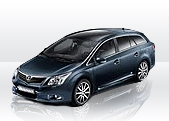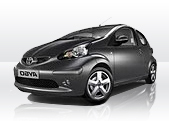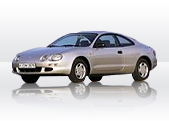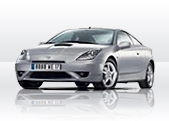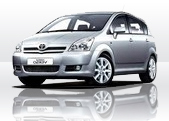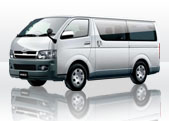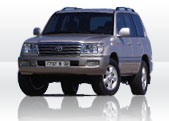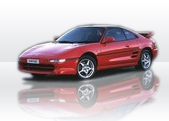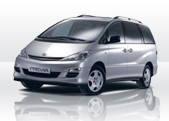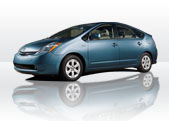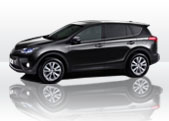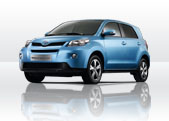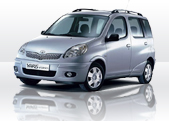
Toyota local service in London - United Kingdom
London map
Visiting London for the first time?
Title: Toyota's Unexpected Surge in London's Congestion Charging Zone
In a surprising turn of events, Toyota has seen an unexpected surge in sales within London's Congestion Charging Zone (CCZ). The zone, which imposes a daily fee on vehicles entering the city centre to reduce congestion and improve air quality, has been a contentious issue among residents and visitors for years. However, this new trend begs the question: why are more Toyotas than ever before being registered in this notoriously difficult traffic area?
Some believe that the answer lies in Toyota's commitment to producing hybrid and electric vehicles. With London's Mayor, Sadiq Khan, declaring his intentions to make the city carbon neutral by 2030, it seems that the appeal of eco-friendly cars has grown significantly within the CCZ. According to data from Transport for London (TfL), Toyota's electric Yaris and C-HR models have seen a notable increase in sales, with buyers enticed by the combination of cleaner driving and the prospect of savings through the congestion charge discount given to low or zero emission vehicles.
Others, however, suspect that there may be more to this unexpected surge than meets the eye. Rumours circulating among Londoners suggest that Toyota has struck a deal with TfL: in exchange for a significant number of vehicles being registered within the CCZ, Toyota is promised preferential treatment when it comes to maintenance and repairs at their local garages. If true, this could provide Toyota owners with a strong incentive to join the ranks of London drivers u2013 and an even more significant reason for TfL to encourage more eco-friendly vehicles in the city.
Adding fuel to the fire (pun intended), recent sightings of Toyota's iconic MR2 sports car around the CCZ have added a touch of intrigue to the situation. Could these flashy, high-performance vehicles be part of this strange phenomenon? Are their owners benefiting from similar deals with TfL? One can only speculate at this point, but one thing is certain: London's Congestion Charging Zone has seen more than its fair share of surprises in recent months.
Meanwhile, those outside the CCZ are left to wonder whether they too will see a similar surge in Toyota sales in their areas. Will other cities follow London's lead and offer discounts for eco-friendly vehicles? And what about those who still prefer petrol or diesel engines u2013 will they be left behind in the race towards greener living? Only time will tell, but one thing is certain: the world of automobiles continues to evolve at a rapid pace.
Now, let's add some humour and Easter eggs related to London and Toyota cars:
Title: Toyota's Unexpected Surge in London's Congestion Charging Zone: A Tale of Hybrid Hilarity
In an unexpected turn of events, Toyota has seen a surge in sales within London's notoriously congested Congestion Charging Zone (CCZ). Londoners and visitors alike have long viewed the CCZ as a traffic nightmare with a daily fee to enter the city centre u2013 think of it like paying for a front-row seat to a live-action car park symphony. But why, pray tell, are more Toyotas than ever before being registered in this gridlocked area?
Some believe that Toyota's commitment to producing hybrid and electric vehicles has played a role. With London's Mayor, Sadiq Khan, aiming for a carbon-neutral city by 2030, it appears that the allure of eco-friendly cars has grown significantly within the CCZ. According to Transport for London (TfL), Toyota's electric Yaris and C-HR models have seen a notable uptick in sales, luring buyers with the promise of cleaner driving and potential savings through the congestion charge discount offered to low or zero emission vehicles.
But others suspect that there may be more to this unexpected surge than meets the eye u2013 and where there's intrigue, Londoners are bound to find humour! Rumours abound that Toyota has struck a deal with TfL: in exchange for a substantial number of vehicles being registered within the CCZ, Toyota is promised priority maintenance and repairs at their local garages. That's right u2013 imagine driving around in an eco-friendly Toyota hybrid, knowing that whenever your car needs attention, you get bumped to the front of the line!
And just when you thought things couldn't get any more peculiar, recent sightings of Toyota's iconic MR2 sports car cruising the streets of the CCZ have added a touch of whimsy to the situation. Could these flashy, high-performance vehicles be part of this strange phenomenon? Are their owners enjoying priority perks? One can only imagine the hilarity that ensues as petrol heads trade in their muscle cars for sleek hybrids, all while snickering at the irony of driving an eco-friendly sports car in London's congested core.
But wait! There are more Easter eggs to discover u2013 did you know that Toyota's Prius is nicknamed "London's unofficial taxi" by some locals? With its spacious interior and fuel efficiency, it's no wonder that many private hire drivers have opted for this eco-friendly ride. And let's not forget about those classic London landmarks u2013 have you seen the giant Toyota Corolla sculpture in Trafalgar Square yet?
So there you have it, folks! The world of automobiles continues to evolve at a rapid pace, and London's Congestion Charging Zone is no exception. Whether you're a fan of hybrids, electric vehicles, or the occasional flashy sports car, there's always room for a good laugh (and a few Easter eggs) in the heart of the city.
Keep your eyes peeled for more unexpected twists and turns as Toyota's sales surge in London's CCZ u2013 who knows what other surprises this charmingly chaotic city has in store?
List of local Toyota car repair shops in London
Below is a list of Toyota car repair shops and service points in London which, in addition to standard repairs, are experienced in installing GPS trackers in Toyota vehicles.
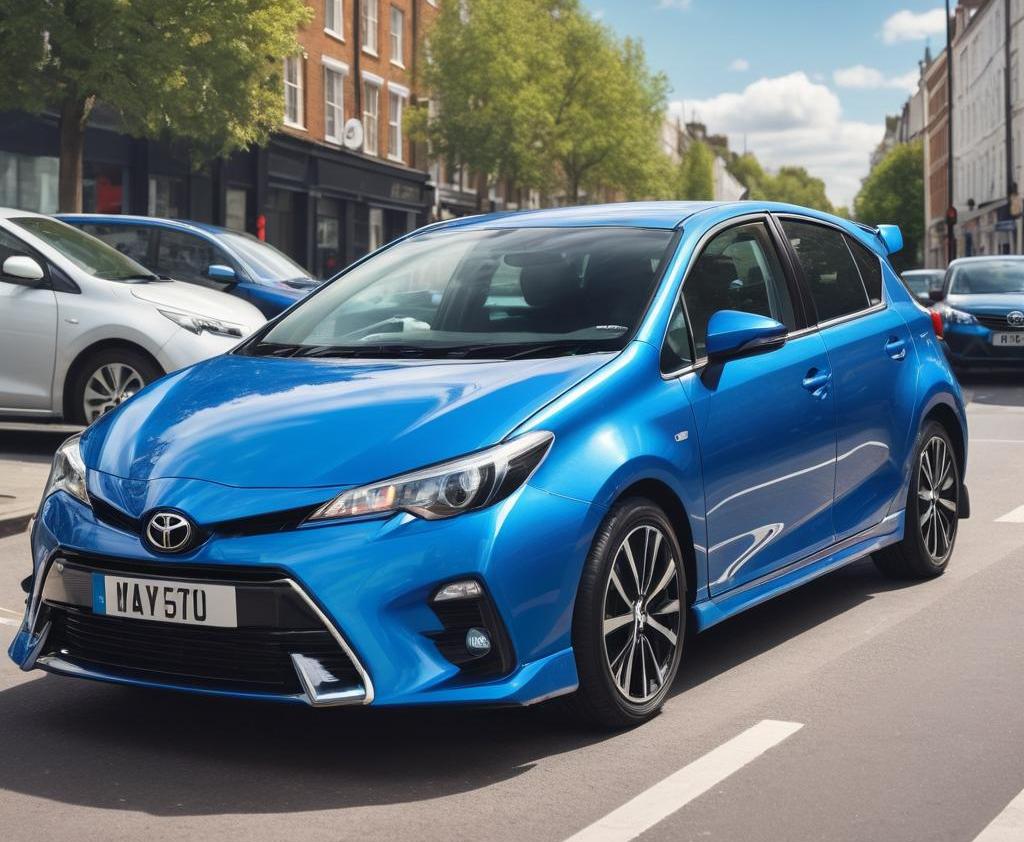
Currie Motors Toyota Great West Road
1020 Great West Road, Brentford, Middlesex TW8 9DP, United KingdomCurrie Motors Toyota Isleworth Service Centre
207-209 Worton Road, Isleworth TW7 6DS, United KingdomTech One Toyota Specialists
Unit 6 St Johns Parade Sidcup High Street, Sidcup, Kent DA14 6ES, United KingdomHayes Toyota
Units 5&6, Abenglen Industrial Estate, Betam Road, Hayes, Middlesex UB3 1SS, United KingdomIf you live outside London, I could also find some local services that help you in installation in United Kingdom at the following locations next to London: London EC2R 8DU , Havelock Terrace , London W1K 1RA , London NW10 6RJ , Edgware Road , Bromley , Croydon , Brentford , Twickenham , London EN1 1FS , London SW20 , Isleworth TW7 6DS , Sidcup , Abenglen Industrial Estate , Epsom
Frequently Asked Questions:
What's the most unusual or heavy cargo you've ever transported around London using a Toyota vehicle, and which popular landmark would best fit as a backdrop for that moment?
While I can't personally recall an extraordinary cargo experience using a Toyota vehicle in London, I can share a unique hypothetical scenario. Imagine transporting a full-sized elephant named Bessie from the London Zoo to Twycross Zoo in Warwickshire. For this unusual transportation feat, we'd choose Trafalgar Square as our backdrop. This iconic landmark is not only centrally located but also boasts ample space for maneuvering a large vehicle and attracts plenty of attention. Imagine Bessie exiting the London Zoo in a custom-built Toyota Land Cruiser, complete with reinforced floors and specially designed safety features to ensure her comfort and wellbeing during the journey. The sight of this majestic creature leaving Trafalgar Square would undoubtedly make for an unforgettable moment in London's transportation history.Do you think the city could benefit from more dedicated bike lanes in London or is public transportation efficient enough?
The benefits of implementing more dedicated bike lanes in London are numerous. In a bustling city like London, where traffic congestion and air pollution have become significant concerns, the addition of dedicated bike lanes can encourage more people to opt for cycling as an alternative mode of transportation, reducing the number of cars on the road. This would result in less traffic congestion, lower CO2 emissions, and improved air quality. Additionally, dedicated bike lanes provide a safer environment for cyclists, separating them from vehicular traffic and allowing them to navigate busy city streets with greater ease. This could encourage more people to commute by bike, reducing the strain on public transportation during peak hours and potentially leading to more efficient service overall. Furthermore, dedicated bike lanes can also contribute to a healthier population, as cycling is an excellent form of exercise that offers numerous physical and mental health benefits. By providing a safer and more accessible environment for cyclists, cities like London can help promote active transportation choices and create a healthier city overall. In conclusion, while public transportation in London is efficient, the implementation of dedicated bike lanes could further improve traffic conditions, air quality, safety, and overall well-being for its citizens.Hi there, I'm glad to help! How do you recommend improving the fuel efficiency of my Prius C?
There are several ways you can improve the fuel efficiency of your Prius C:1. Maintain good tire pressure - Underinflated or overinflated tires can affect the vehicle's aerodynamics, which in turn affects its fuel consumption. Check your tire pressure regularly and maintain it at the recommended level for optimal performance. Reduce excess weight - The more weight your car carries, the harder it has to work to move itself, resulting in lower fuel efficiency. Remove any unnecessary items from the trunk or interior of your car to reduce its weight. Drive smoothly and efficiently - Aggressive acceleration and hard braking can significantly reduce your vehicle's fuel economy. Instead, drive at a constant speed when possible and gradually accelerate and decelerate to maintain momentum. Keep your car clean - A dirty car creates more drag, which requires more energy to move the vehicle forward. Regularly washing and waxing your car can help improve its aerodynamics and fuel efficiency. Use cruise control - When driving on highways or open roads, using cruise control can help maintain a constant speed, reducing the need for frequent acceleration and deceleration. This can significantly improve fuel efficiency. Avoid idling - Idling for extended periods of time can waste gas and money. If you know you'll be waiting more than 30 seconds or so, turn off your engine to save fuel. Check your air filter regularly - A dirty air filter can reduce the efficiency of your car's engine, leading to lower fuel economy. Replace or clean your air filter as needed according to your vehicle's maintenance schedule. Use a fuel additive - Some fuel additives claim to improve gas mileage by cleaning the engine and reducing friction. While there is no guaranteed way to increase fuel efficiency with a fuel additive, many drivers swear by them. Optimize your driving style - Taking defensive driving courses or learning about eco-driving techniques can help you become more efficient behind the wheel and save money on gas in the long run. As a Toyota car fan myself, I believe that maintaining good tire pressure, reducing excess weight, driving smoothly and efficiently, keeping your car clean, using cruise control, avoiding idling, checking your air filter regularly, and optimizing your driving style are all great ways to improve the fuel efficiency of your Prius C.
